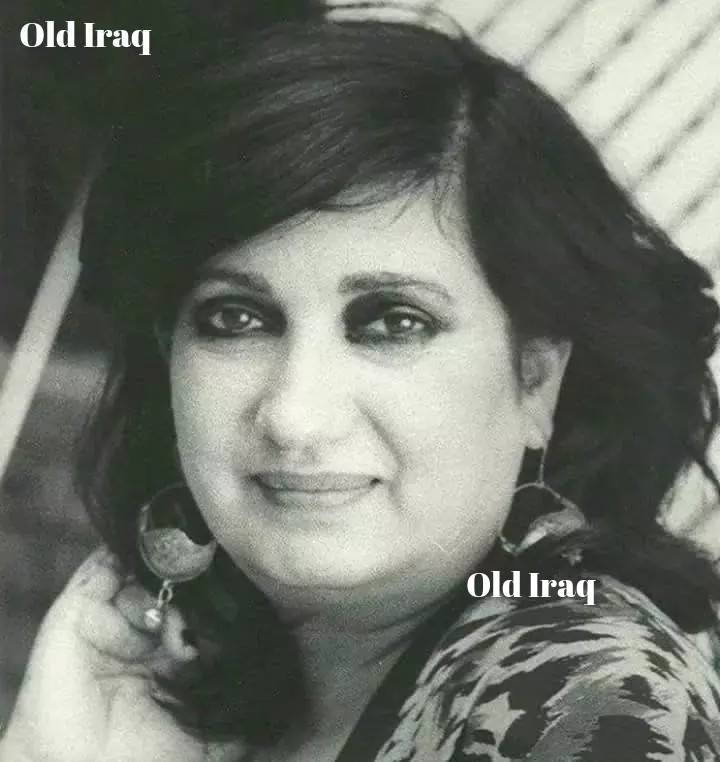Born in 1937 in Karbala Governorate, Iraq, Bahija Al-Hakim was a prominent Iraqi artist, celebrated for her contributions to the world of visual arts. Her life was woven with familial bonds and a love for art that left an indelible mark on her journey.
In the embrace of a large and loving family, Bahija grew up surrounded by an atmosphere of warmth that would later find expression in her artistic creations. As the mother of three children, Hussain Al Tajer (a journalist), Ali Al Tajer (a renowned plastic artist), and Ward Al Tajer (also a plastic artist), family remained at the core of her inspiration.
Bahija’s academic journey took her to Al-Adhamiya High School, where she completed her studies in 1952. Subsequently, she graduated from Queen Alia College with a focus on the Art section in 1957. Her passion for art extended beyond personal expression; she became a dedicated educator, teaching art in various Karbala schools, including the House of Teachers, Al-Wehda High School, and the Teachers Institute in Baghdad Al-Karkh.
From 1957 to 1981, Bahija served as an educational supervisor, leaving a lasting impact on the artistic education landscape. In 1982, she assumed the role of the director of the Museum of Pioneer Artists in Baghdad, a position she held until 1994.
Bahija was an active member of the Iraqi Artists Syndicate and the Iraqi Plastic Artists Association. Additionally, she contributed her artistic vision to the Baghdad Group for Modern Art. Her administrative roles extended to significant art halls, such as Al-Rasheed Hall, while her artworks adorned the Baghdad Art Center, government departments, and presidential palaces.
Bahija Nuri Mahdi al-Hakim’s artistic prowess reached audiences far and wide. She held numerous personal exhibitions both inside and outside Iraq, showcasing her diverse and impactful body of work. Her participation in exhibitions, whether local or international, was a testament to her commitment to the artistic dialogue.
After a courageous battle with illness, Bahija al-Hakim’s life as a distinguished plastic artist concluded on November 11, 2008, in the Hashemite Kingdom of Jordan, leaving behind a legacy of artistic brilliance and dedication to the enrichment of Iraq’s cultural heritage.
Source: Ibrahimi Collection
Image source: Old Iraq
